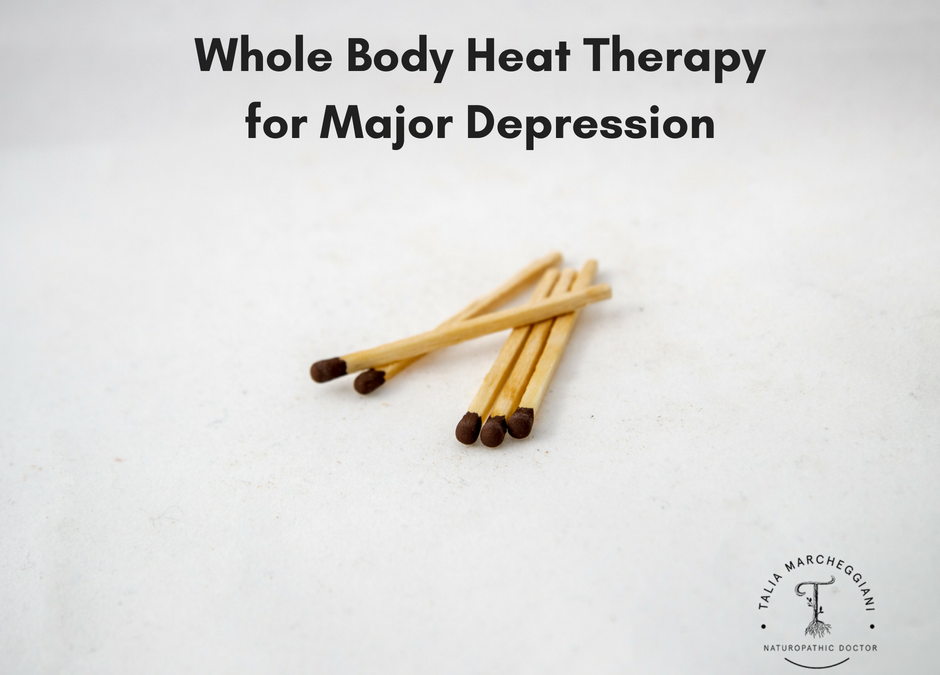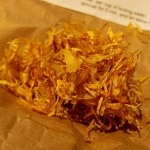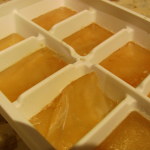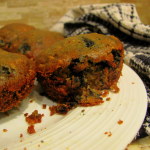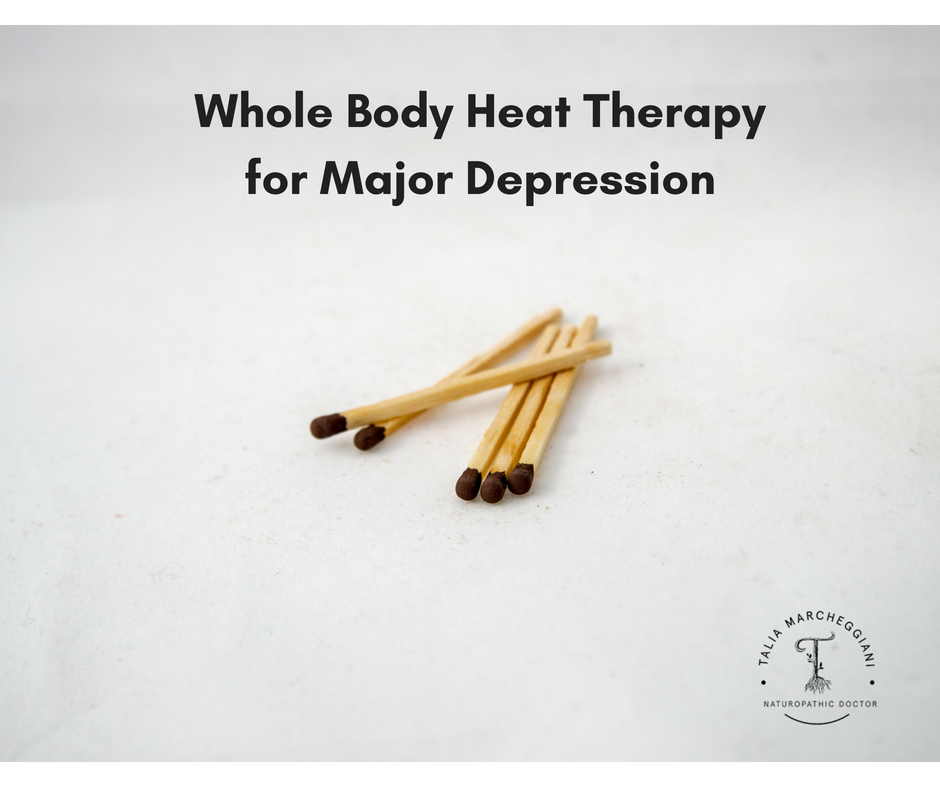 I will die in here today, I thought to myself, as I sat hunched and cramped in an oven-hot temazcal, or sweat lodge, somewhere on the Mexican pacific.
I will die in here today, I thought to myself, as I sat hunched and cramped in an oven-hot temazcal, or sweat lodge, somewhere on the Mexican pacific.
The straw flap covering the opening of our sweaty mud hut was thrown off momentarily by someone outside, flooding our hellish cave with light. I gazed hopefully at the entrance: were we getting water? Were they letting in fresh air? Was it finally over?
It was none of those things. Instead of relief, they were increasing the heat; a pile of hot rocks appeared at the door.
“Gracias, Abuelita“, said our leader, Marciano, receiving a giant steaming rock with metal tongs and pulling it inside the hut. The change in temperature was immediate. The heat coming off the rocks was like fire. I struggled to breathe.
Marciano is Spanish for martian, abuelita an affectionate term for “grandmother”. Did he know what he was doing, this martian? Was there even enough oxygen in here for all of us? I am not related to these rocks, I thought.
“Gracias, Abuelita,” We numbly replied, thanking the rocks and fanning ourselves with imaginary cool air.
The hut was crowded with ten people. I had to sit hunched over and there was no space to lie down. If I wanted to leave, everyone else would have to get out first. The combination of darkness, stifling humidity, claustrophobic quarters and angry heat was almost intolerable. Sweat was pouring so profusely off my body that I had become one with it.
Every cell of my body was on fire with craving: water, space to lie down, fresh oxygen, freedom.
Whenever I thought I couldn’t stand another moment, the heat intensified.
The tiny flap in the door opened again. Another grandmother rock from Mars? No, it was water! My heart flooded with gratitude until I realized that the tiny glass being passed around was for all of us to share.
I will die in here.
I will never again complain of ice and snow.
This is supposed to be therapeutic?
When it was over, I emerged gasping desperately for air and water. After chugging a bucketful of water, I dumped another on my scorching hot skin. I swear it emitted a hiss.
I had survived! However, as my body cooled, I realized that I had done more than survive. Despite my resistance throughout its entirety, the sweat lodge had left me feeling absolutely elevated.
The feelings of energized calm lasted well into the next few days. My brain seemed to work better, evidenced by an elevation in the fluency of my Spanish.
It was amazing.
Current research shows that heat therapy, like sweat lodges and saunas, can indeed be therapeutic. Subjecting the body to high temperatures can improve the symptoms of major depressive disorder as effectively as the leading conventional therapies, such as medication.
Intrigued by the cultural practices of using intense heat to induce transcendental spiritual experiences (the Native American sweat lodges and Central American temazcales, for instance), a psychiatrist name Dr. Charles Raison decided to investigate heat as a therapy for improving mental and emotional well-being.
Raison and his team, in their 2016 JAMA Psychiatry study, took 60 randomized individuals suffering from major depressive disorder, and subjected them to a standardized questionnaire, the Hamilton Depression Rating Scale (HDRS), which quantifies depressive symptoms. The treatment group received Whole Body Hyperthermia, an average of 107 minutes in an infrared heating chamber that heats core body temperatures to 38.5 degrees celsius.
The placebo group spent the same amount of time in an unheated box that was nearly identical (complete with red lights and whirring fans). 71.5% of the study participants who were put in the sham heating chamber believed that they were receiving the full heat therapy.
After one week of receiving the single session of heat therapy, the active group experienced a 6 point drop on the HDRS. This decrease outperformed even the standard anti-depressant treatment, selective serotonin re-uptake inhibitor medications (according to a 2017 meta-analysis SSRI medications drop patients only 2 points on the HDRS), and lasted for 6 weeks.
Previous fMRI research has shown that heat sensing pathways in the skin can activate brain areas associated with elevated mood, such as the anterior cingulate cortex (the ACC is also activated during mindfulness meditation). The raphe nucleus, which releases serotonin, our “happy hormone”, is also activated by this skin-to-brain thermoregulatory pathway.
Heat is also thought to calm immune system activation present in the brains of individuals suffering from depression. People with depression tend to have higher body temperatures than non-depressed people. This is possibly due to the present of inflammatory cytokines, such as TNF-a and IL-6, that increase inflammation and fever and have been shown to negatively impact mood. Perhaps heat therapy acts by “resetting” the immune system.
Furthermore, when the body is exposed to high temperatures, it results in the release of heat shock proteins. Heat shock proteins respond to short, intense stressors: hot, cold, and even fasting conditions. They have a variety of effects on our hormonal systems. Some can reset the body’s stress response, correcting the cortisol resistance that is present in the brains of depressed individuals. One particular heat shock protein, HSP105, has been shown to prevent depression and increase neurogenesis (the creation of new brain cells) in mice.
Reduced neurogenesis in the hippocampus is a risk factor and side effect of depression. It is thought that traditional anti-depressants, in addition to altering brain levels of serotonin, may exert some of their effects through inducing brain-derived neurotrophic factor (BNDF), a growth factor that encourages the development of new brain cells.
Conventional theories tell us that depression is a disorder resulting from a chemical imbalance in the brain requiring medication to “correct” that imbalance. However, an overwhelming amount of research tells us that this is simply incorrect: depression is a complicated condition stemming from multiple causes.
Naturopathic doctors focus on the whole person. We look at how an individual’s symptoms are expressed within the context of their biology, physiology, psychology, and social and physical environments. We know that, when it comes to a condition like depression, every body system is affected. We also know that the health of our digestive and hormonal systems are essential for optimal mood.
Naturopathic doctors have also traditionally used hydrotherapy, the therapeutic application of hot and cold water, to benefit digestion, boost detoxification pathways, and regulate the immune system.
Therefore, as a naturopathic doctor, the idea that heat exposure can have a profound effect on depressive symptoms makes sense. However, as a clinician, I’ve found it difficult to convince my patients suffering from depression to try heat therapy. Perhaps it’s because the remedy seems so simple it borders on insulting—sweat for an hour and experience profound changes to a condition that has debilitated me for months? Get out of here.
I get it.
However, research suggests that since depression is a multi-factorial condition, it deserves to be addressed with a variety of therapies: diet, sleep hygiene, exercise, nutrition, and psychotherapy, to name a few. Heat therapy can be another important one.
So, here are some suggestions for implementing heat therapy without having to do a sweat lodge:
- If you have access to a sauna, us it! Alternate 15 to 20 minute stints that induce sweating with 60-second cold rinses in a shower. Cycle back and forth for up to an hour.
- Go to a hot yoga class a few times a month.
- Exercise. Exercise has been shown to induce temperature changes that are similar to heat therapy. This may be why exercise has been so well studied for its mental health benefits.
- Take epsom salt baths regularly. Add 1 to 2 cups of epsom salts to a warm bath and soak for 20 minutes or more, or to the point of sweating.
- Try Alternate Hot and Cold Showers: alternate between one-minute bursts of hot water and 30-seconds of cold for about 3 to 5 cycles.

